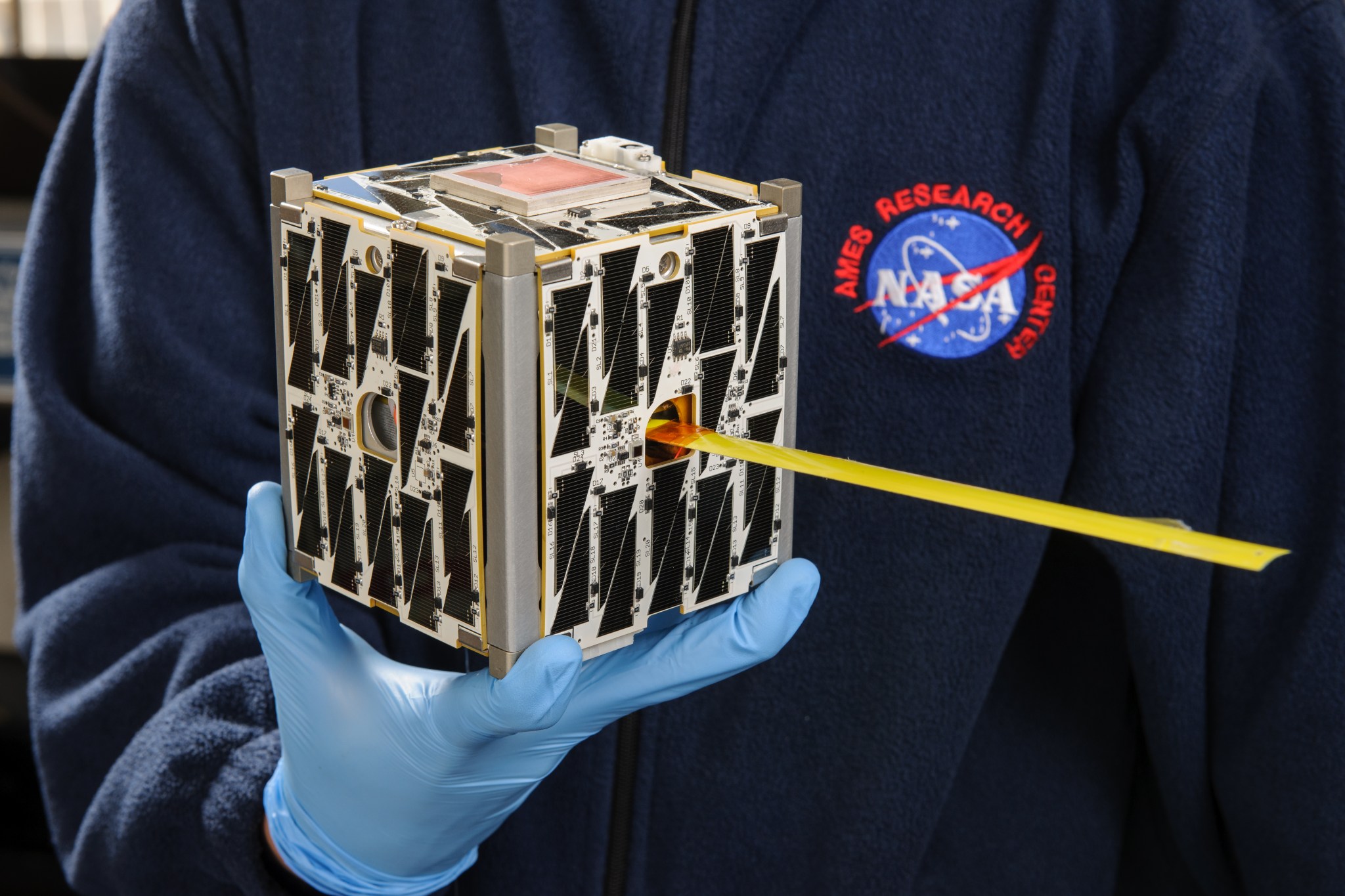Space enthusiasts have an opportunity to contribute to NASA’s exploration goals through the next round of the agency’s CubeSat Launch Initiative. Applicants must submit their proposals electronically by 4:30 p.m. EST, Nov. 24.
The CubeSat Launch Initiative provides access to space for CubeSats developed by NASA centers, accredited educational institutions and non-profit organizations, giving CubeSat developers access to a low-cost pathway to conduct research in the areas of science, exploration, technology development, education or operations consistent with NASA’s Strategic Plan. NASA does not provide funding for the development of the small satellites.
NASA plans to select the payloads by Feb. 19, 2016, but selection does not guarantee a launch opportunity. Selected experiments will fly as auxiliary payloads on agency rocket launches or be deployed from the International Space Station beginning in 2016 and running through 2019. To date, NASA has selected 105 CubeSats from 30 states. Thirty-seven CubeSats have been launched, and 16 more are scheduled to go into space in the next 12 months.
The agency has made progress on a goal established during the White House Maker Faire last year to launch a small satellite from at least one participant in each state over the next five years. For this round, NASA is focusing on gaining participation in the District of Columbia, Puerto Rico, and 20 states not previously selected for the CubeSat Launch Initiative. These states are: Arkansas, Delaware, Georgia, Idaho, Iowa, Kansas, Maine, Minnesota, Mississippi, Nebraska, Nevada, New Hampshire, New Jersey, North Carolina, Oklahoma, Oregon, South Carolina, South Dakota, Washington and Wyoming.
CubeSats are in a class of research spacecraft called nanosatellites. The base CubeSat dimensions are 10x10x11 centimeters (about 4x4x4 inches), which equals one Cube, or 1U. CubeSats supported by this launch effort include volumes of 1U, 2U, 3U and 6U. CubeSats of 1U, 2U and 3U size typically have a mass of 1.33 kilograms (about three pounds) per 1U. A 6U CubeSat typically has a mass of 12 to 14 kilograms (26.5 to 30.9 pounds). The CubeSat’s final mass depends on the selected deployment method.
For additional information about NASA’s CubeSat Launch Initiative, visit:
https://www.nasa.gov/directorates/heo/home/CubeSats_initiative
-end-
Tabatha Thompson
Headquarters, Washington
202-358-1100
tabatha.t.thompson@nasa.gov



























